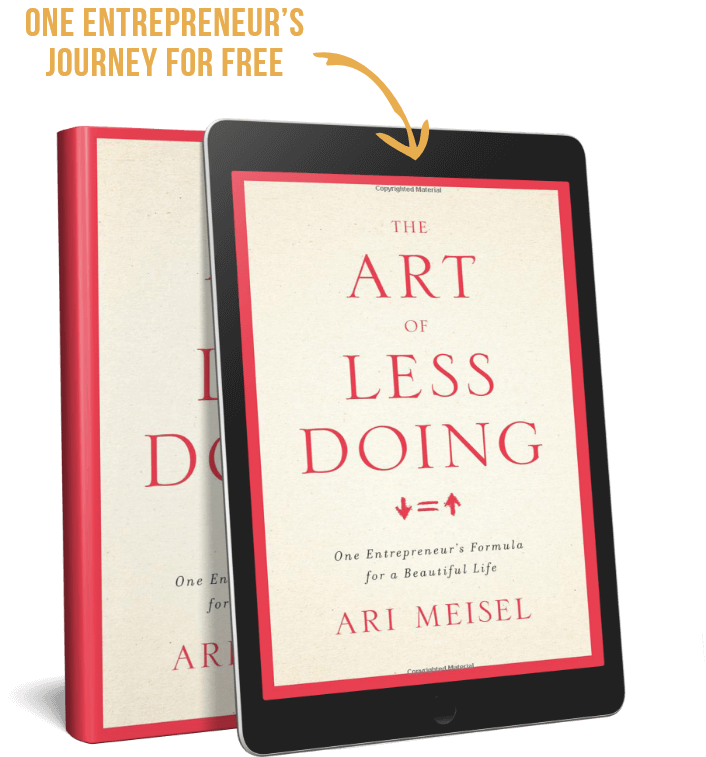It’s almost 2018 and that means New Year’s resolutions right?
Well, not so fast. While there is a subtle difference between resolutions and goals; I think they suffer from the same problem. They both set most people up for failure.
I’ve never believed in setting long terms goals.
I believe in Kaizen, which in Japanese means, “continual change for the good.”
Every day of my life I attempt to improve in some measurable way. It could be my leadership skills, my writing, my physical fitness, or my emotional intelligence as a husband and a father.
My main issue with goal setting is that it locks people into a singular focus and limits their flexibility. One of the things that has aided the incredible growth at Less Doing is our ability to constantly experiment, validate, and shift direction as needed.
We’ve been fortunate that many of our experiments have worked, but there have definitely been ones that didn’t pan out and we were able to reverse course quickly.
When you hear someone say something like “My goal for 2017 is to sell my company for $10 million.” That sounds really exciting and grand but you’re also fooling yourself. You have to break down any long term goal into months, weeks, days and then figure out what the very next step is.
I really believe that if you focus on improving something each day, you will far exceed any artificial goal you might set.
So that’s the truth, I don’t have any specific goals for this year. I love what I do and I’m going to keep doing it.
Happy New Year, I can’t wait to see what you accomplish in 2018.






